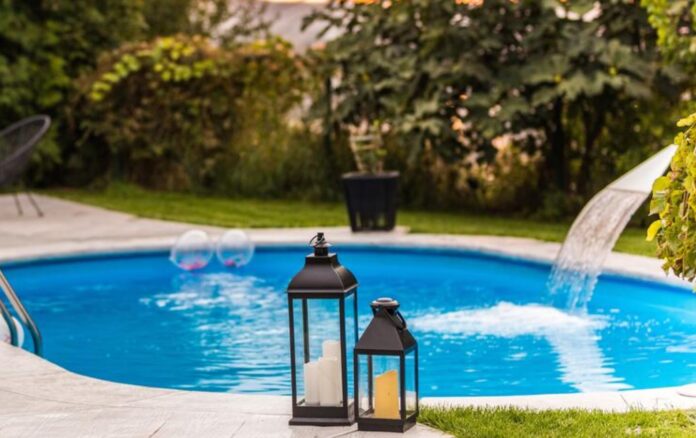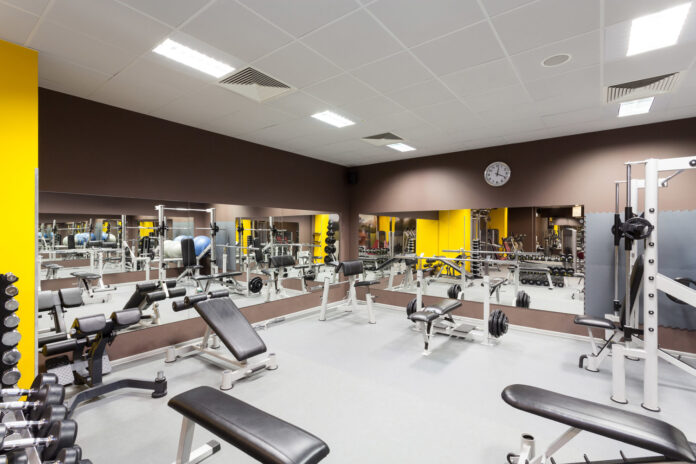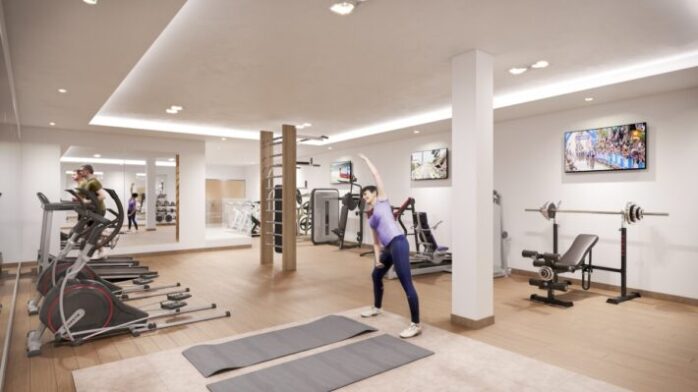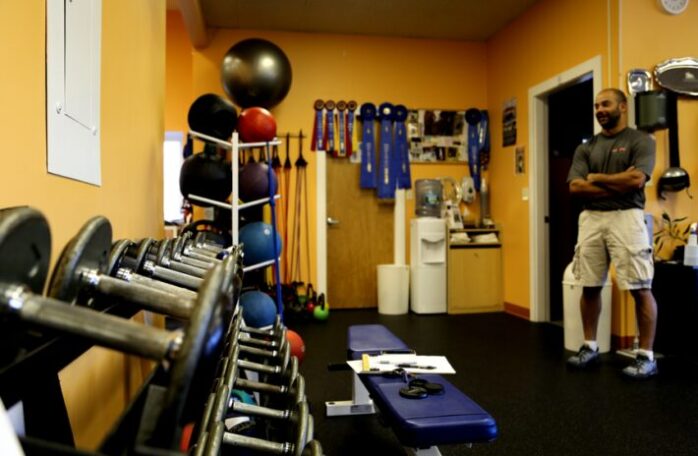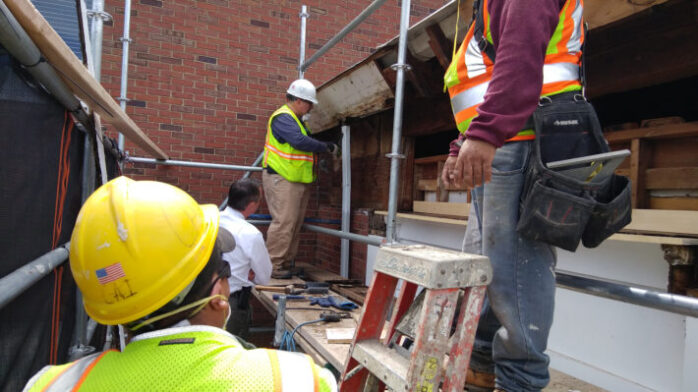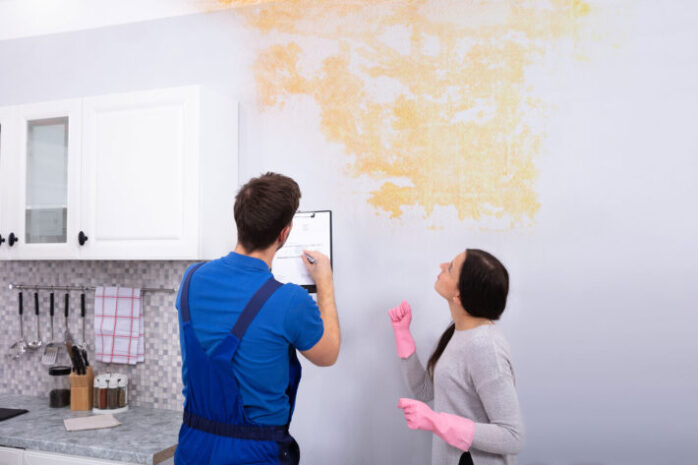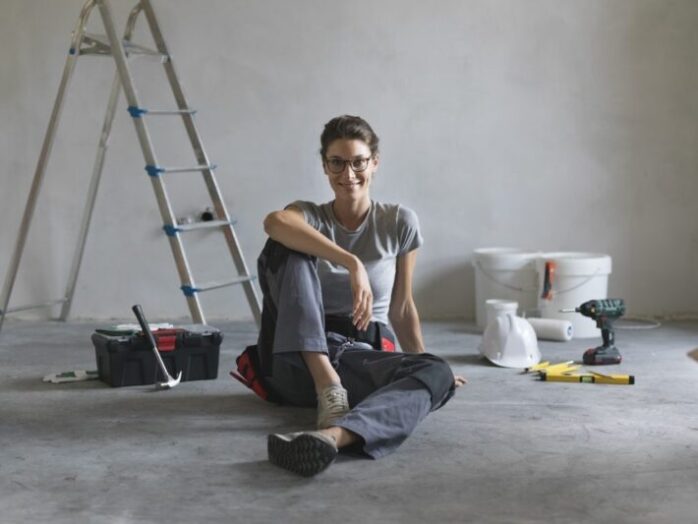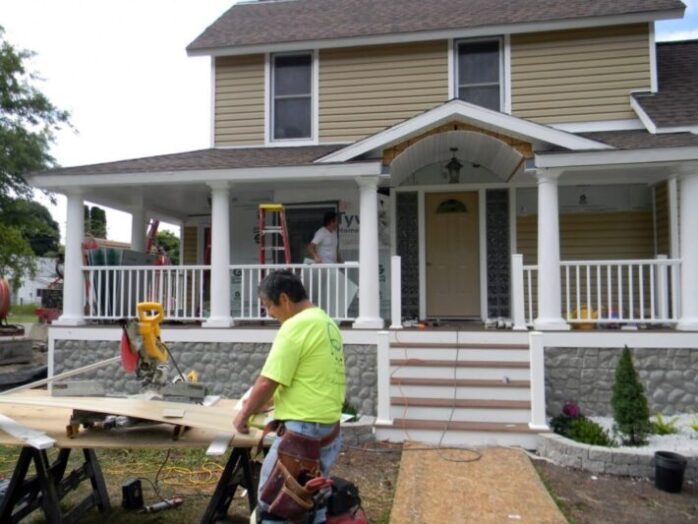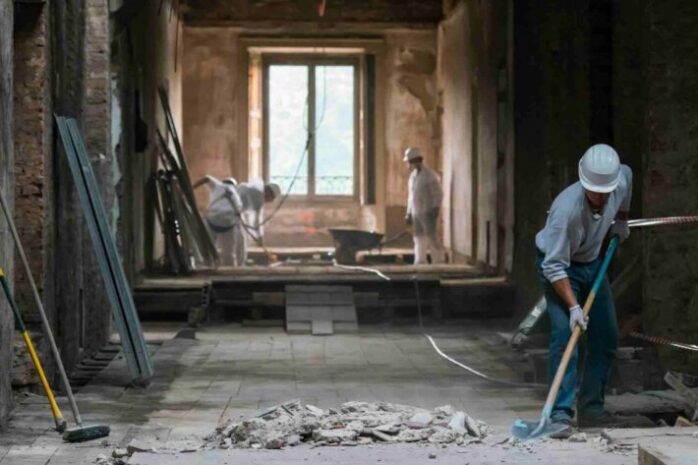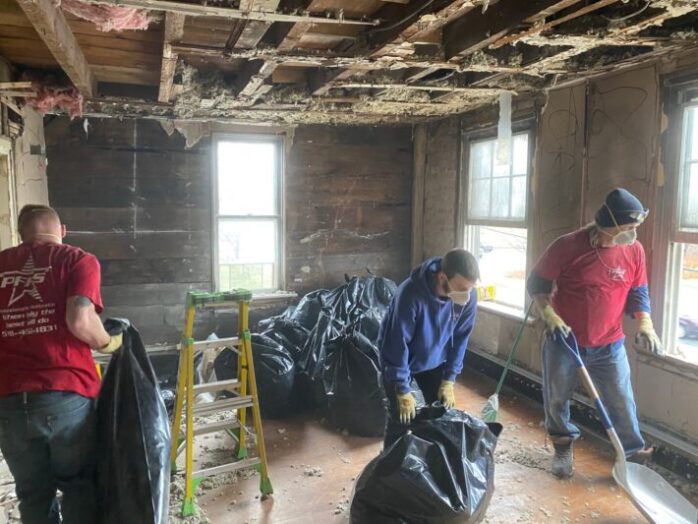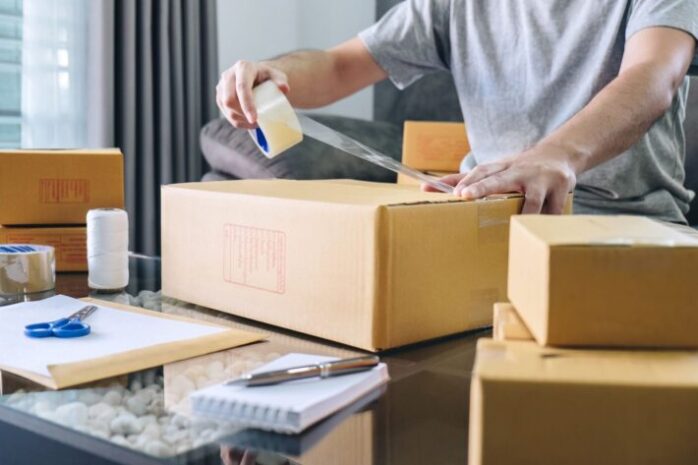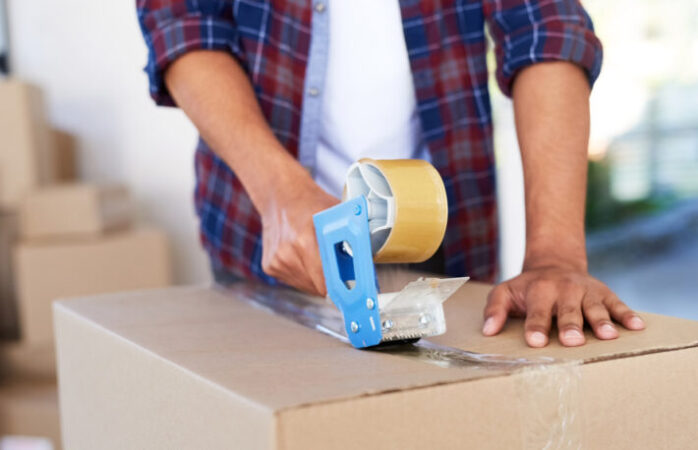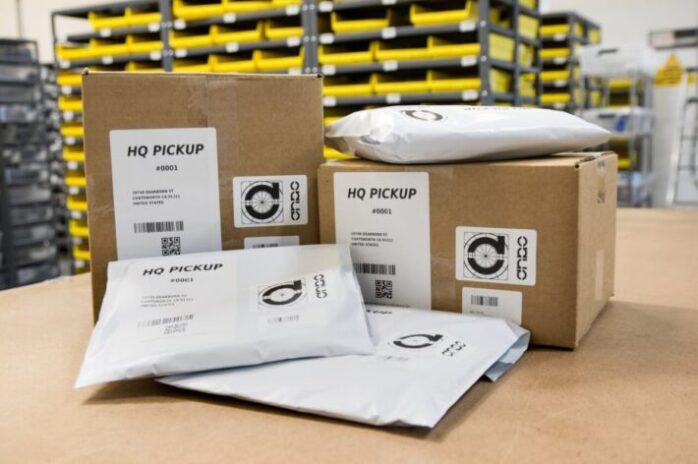Having a pool at home is a total privilege, it is having at your disposal a place to cool off and have fun at all times, especially now the heat is becoming more unbearable every day plus the public pools are closed due to the pandemic. But at the same time, we must also bear in mind that having a swimming pool is a great responsibility, it is not only a matter of filling it with water, it requires maintenance and care if we want the fun to last.
One of the main maintenance that must be done is the quality of the water that it contains, since if it is not completely clean we expose ourselves to infections and subsequent discomforts, and one of the crucial points is to prevent the water from turning of a greenish color since this is a more than evident sign that the water is not at all suitable for our use.
There are professionals who can be in charge of maintaining it, but if you are one of those who prefers to carry it out, either because of a matter of trust at work or because you like to personally take care of these matters, here we bring you tips that will facilitate your annual maintance.
1. Use of covers
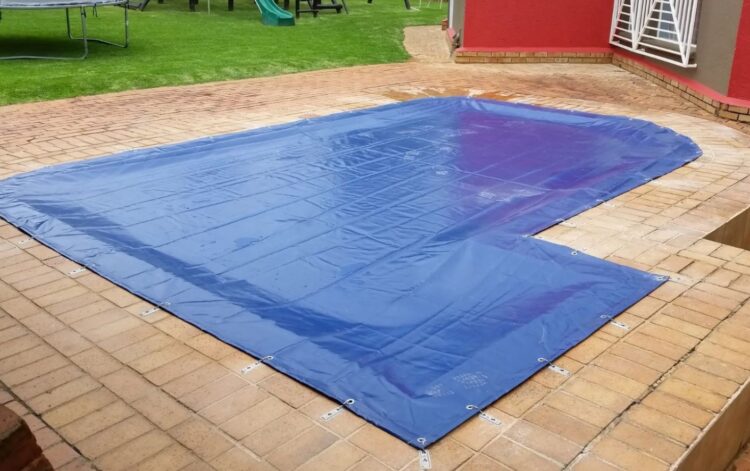
Placement of solar cover during the summer and protection cover during the winter. The placement of both types of covers prevents organic matter from the outside to fall into it (pollen, leaves, pollution, soil ), which means that less chemical is consumed and the useful life of the filter and material is extended to the avoid much of the dirt. In this way, we also save on maintenance time in both winter and summer. The placement of solar covers during the summer prevents the evaporation of the water by around 60%, which represents a significant saving in water.
This means savings in water and also a disinfectant since if you use disinfectant, it prevents the pool from consuming more chemical than necessary. In the case of heated swimming pools, the placement of this type of cover when it is not used helps to maintain the temperature of the water, which translates into savings in electricity consumption.
Winter cover: Covering it in winter we save on maintenance costs, chemical product and save a lot of work because it is protected from dirt from the outside.
2. Regulate the pH value
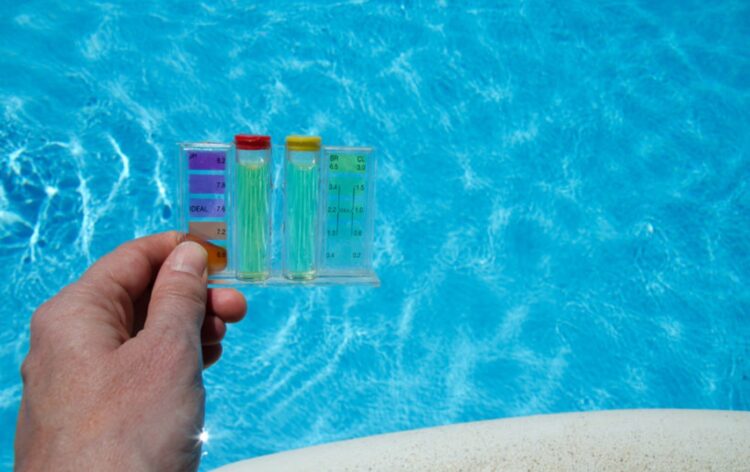
Measure the pH value with an analyzer. The optimal value must be between 7 and 7.5. If it is below, use a pH booster and, if it is above, use a pH reducer. Add the product directly on the water and never through the skimmer. To dose correctly, follow the manufacturer’s instructions. There are other substances that should also be controlled to avoid any damage to our skin and body and among them, we have the level of chlorine, calcium hardness, cyanuric acid, the level of magnesium, sodium, bicarbonate and sulfate. The test strips will help you measure the substances contained in your pool in a very fast way, the elements that you can measure with it are the PH, the chlorine and the cyanuric acid, the best thing is that you can get them in any store that specializes in swimming pools.
3. Disinfect water
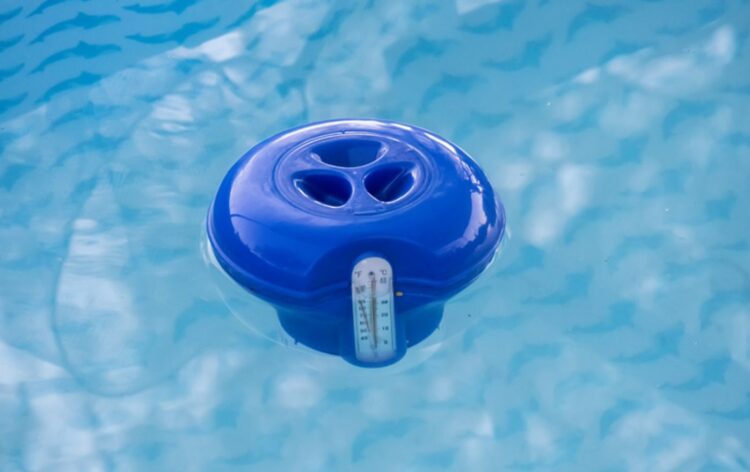
Apply quick disinfection chlorine, whose function is to destroy microorganisms (fungi, bacteria, germs). Follow the manufacturer’s instructions for dosing and note the volume of the pool. The optimal level of chlorine should be between 0.5 mg / l and 1.5 mg / l, so, once applied, wait a few hours and analyze the water again with a pH and free chlorine analyzer to verify that the levels are correct. Keep in mind that the better you maintain the pool, the longer it will take before you need pool resurfacing. Still, don’t delay that job for too long either. Visit poolresurfacingpalmsprings.com to see how resurfacing is done.
4. Prevention of algae
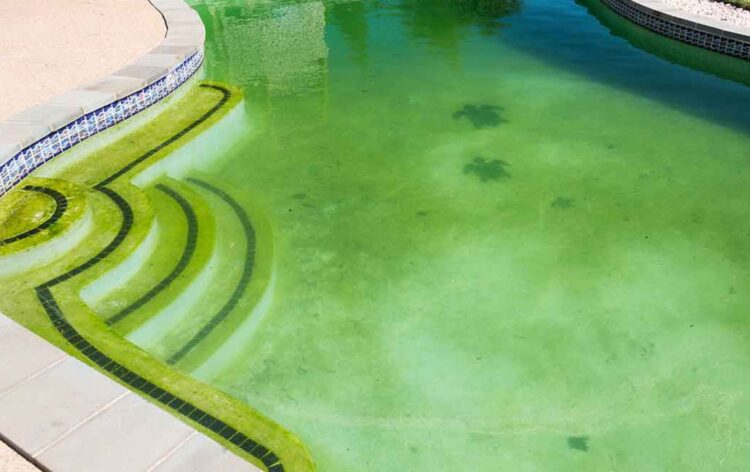
The formation of algae causes a green coloration and makes the surfaces slippery. The longer it takes to eliminate them, the more complicated it will be to make them disappear, so it is convenient to apply an algicide as prevention. This way you will make the water transparent and avoid bad odors. Add weekly the amount indicated by the manufacturer to protect and prevent effectively. If algae have already formed in your pool, it is most likely not just applying the algicide, you will need to add an additional supply of chlorine.
5. Filter maintenance
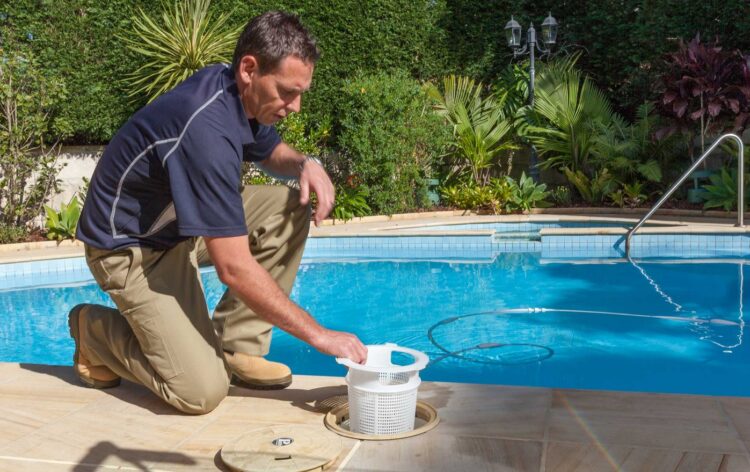
To keep the filter clean we have to backwash and clean and disinfect the sand once a year before the start of the summer season. It is also important to remove the calcium from the filter (several times a year depending on the hardness of the water). On the other hand, it is recommended that every 5 years (depending on the use and characteristics of the water) the filter be changed if it is made of siliceous sand. The filter is the kidneys of the pool, so you must take proper care of it.
Tricks to save
We compiled a series of tricks and tips so that you can save on the maintenance.
-Do not empty it during the year to refill it in summer. This requires conserving water in winter, but, in addition to being cheaper than refilling it, you will avoid spending thousands and thousands of liters each year filling it. To preserve it, you must prevent it from freezing and getting dirty, so place floating plastic elements on it to prevent it from freezing.
-Use an automatic cleaner, since you will save 20% of water when washing the filter.
-Periodically check the installation. In this way you will minimize damage, and eliminate the risk of breakdowns, so you will save the costs derived from a possible problem, leak or repair.
-Use efficient pumps. These are used to bring the water to its filtration in the treatment plant. Efficient ones spend less.
-Install a timer. It is a very effective alternative to avoid unnecessary energy expenditure. In this way, your program and limit the filtering time.
-To light, it, opt for LEDs, as you will save 80% on electricity costs.
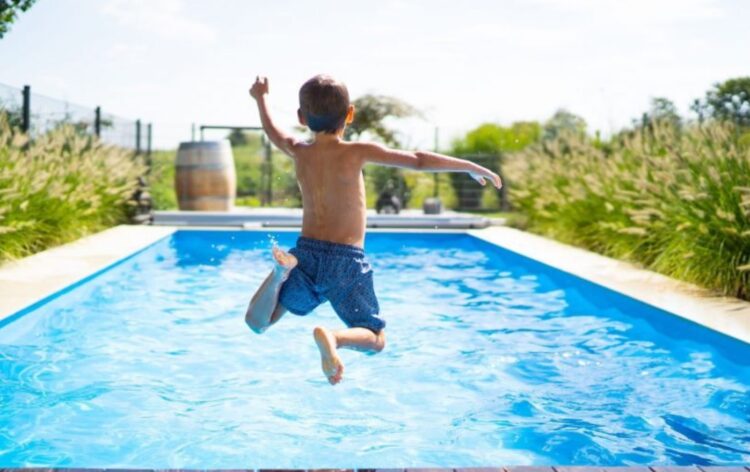
Conclusion:
If you have it or are considering building one, now you already know the maintenance you will have to do and the best tricks so you can save money.

